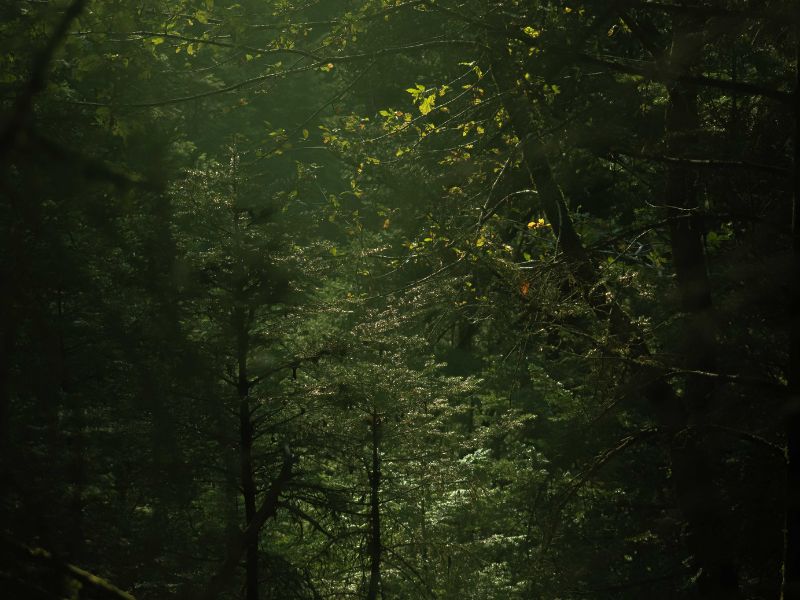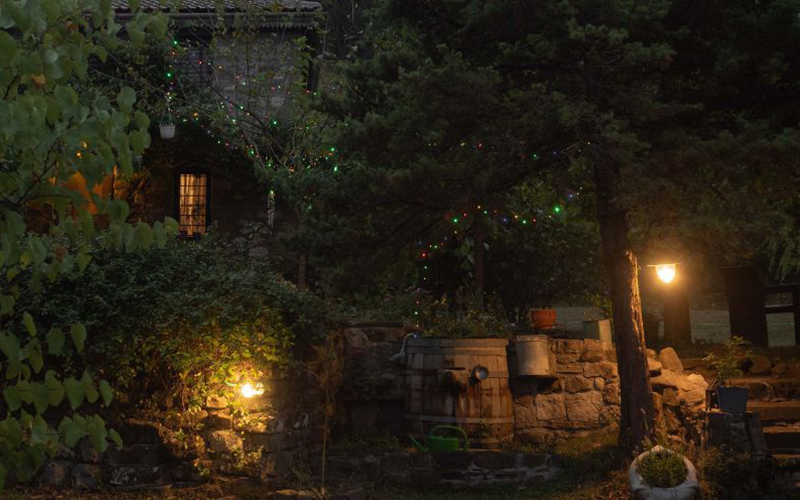
Early autumn, for us, means holidays in the Greek countryside — and this year, among several mountainous destinations that were discussed around the family table, our choice was Northern Tzoumerka (or simply, the Tzoumerka region). A mountainous landscape that commands attention with its wild natural beauty, where the rugged terrain blends harmoniously with rich alpine forest and the dynamic presence of water. The northern part, which we set out to explore and immerse ourselves in —its beauty and its way of life— spans the Athamanika Mountains, part of the Pindus mountain range and now declared a National Park.
Our base and retreat was nestled just below the legendary peak of Strongoula (2,112 m), a few kilometers above the breathtaking gorges of the Arachthos River and the historic Plaka Bridge. This article was written right there, on the last day of our holiday, out in the garden, accompanied by our dog and a fearless pair of squirrels.
Tzoumerka is dotted with small villages perched on steep slopes, hidden among dense forests of fir, Bosnian pine, pine trees, and walnut trees. These are truly picturesque villages that have remained authentic, as the region is not a popular tourist destination and has not lost its character nor been altered by development.
The villages we visited form the heart of Northern Tzoumerka and include the unique Kalarrytes (1,200 meters), known as the “eagle’s nest” of Epirus, the beautiful stone-built Syrrako, the historic Plaka with its enormous single-arched bridge, as well as Ktistades, Kataraktis, Melissourgoi, Agnanta, and Pramanta — the central village of the region. The locals in this remote corner of the Epirus countryside are warm, welcoming, and eager to share the invaluable experiences their land has to offer.
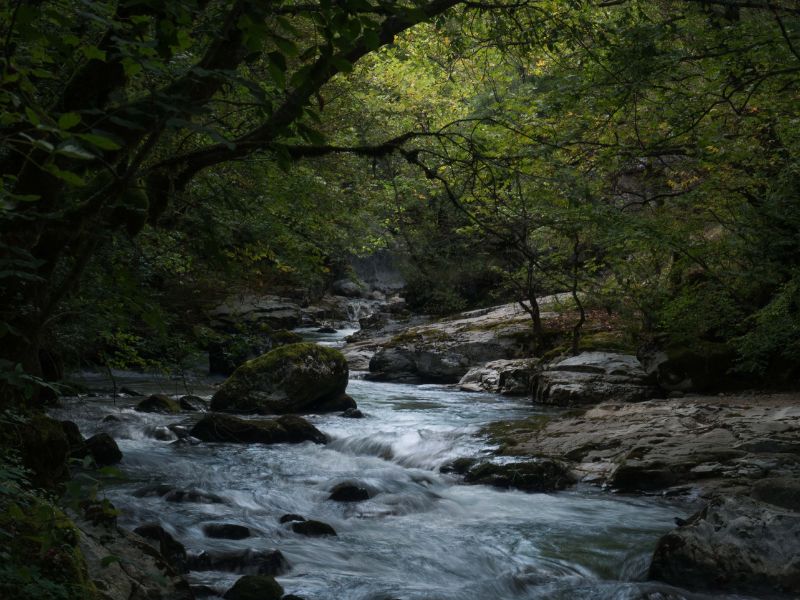
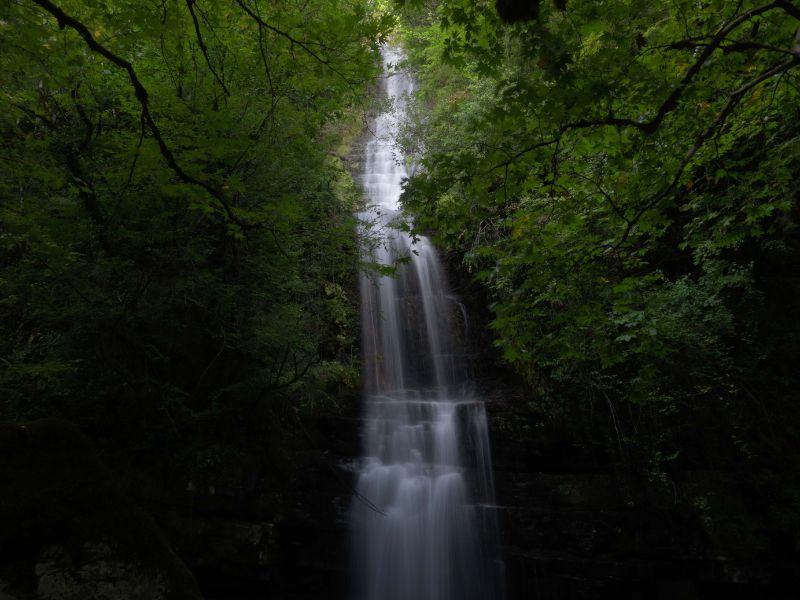
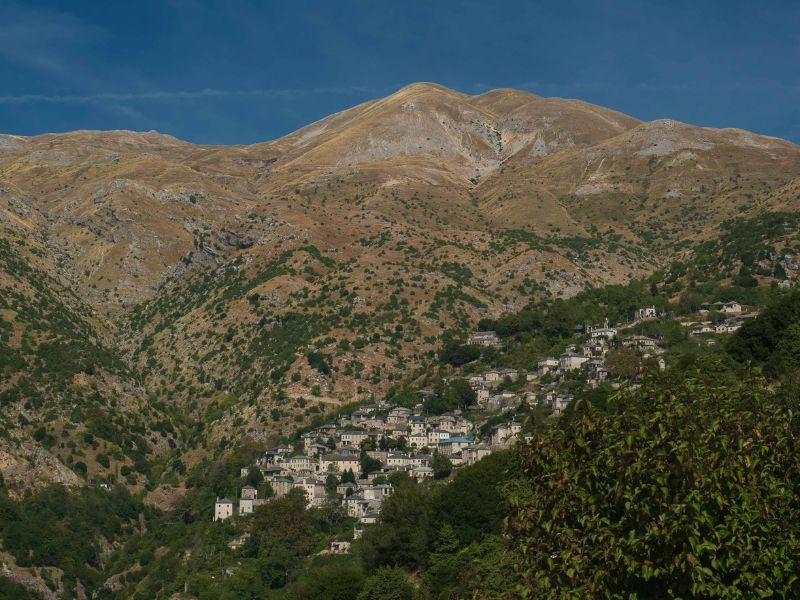
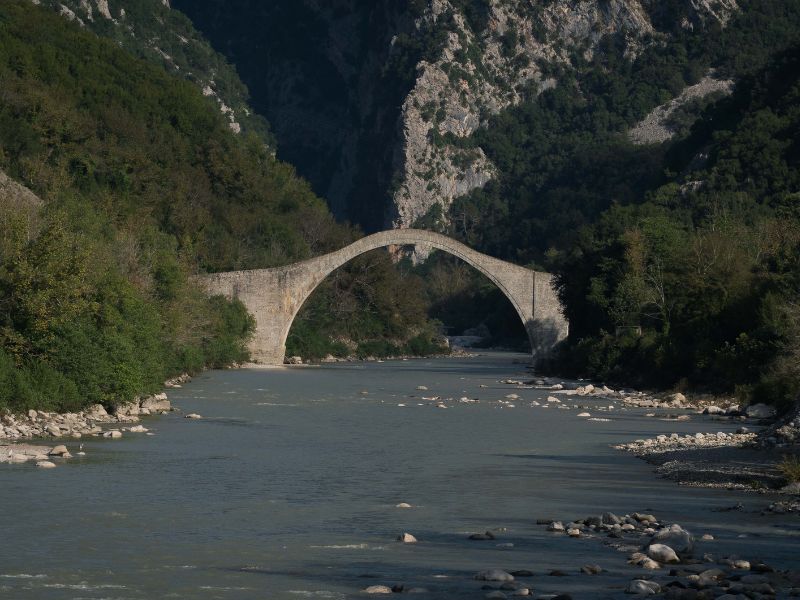
The main livelihoods of the permanent residents revolve around livestock farming and construction work. When it comes to animal husbandry, the majority of the herds have always been —and continue to be— sheep, due to the particular climate and terrain of the area. This means that sheep dairy products and lamb meat are the most prominent ingredients in the local cuisine. Every village has at least one meat tavern (in fact, many more!), and the famous grilled lamb chops are among the first dishes you're likely to be offered. A more selective and exquisite option is the chops made from mature sheep (mutton).
Beyond that, the raw ingredients of this land are not many, and the local cuisine is shaped in harmony with what is available. The region produces legumes, grains, nuts, and hosts a variety of wild herbs and greens. A standout feature of the local food culture is the traditional pies, found everywhere in the area—some with phyllo dough, others without (made with batter), reflecting the austere lifestyle of the past, when nomads didn’t have the luxury of rolling dough. These include meat pies with lamb, greens pies with wild herbs, batter-based cheese pies, pasta pies, trahana pies, milk pies, bean pies, and the local specialty “blatsara”. These pies are unlike any you've had before — unpredictable in filling, rustic in appearance, and rich in flavor. Sampling them is an absolute must.
Cheese and yogurt are staples on the Epirus table, and “Tsalafouti” holds a special place in Tzoumerka. This is a soft white cheese with a creamy texture, ideal for spreading, low in fat, mildly aromatic, and pleasantly tangy and salty in flavor. Tsalafouti is the traditional cheese of Tzoumerka (similar in appearance and taste to Metsovo’s Galotyri). It is a high-quality local product, not produced in large quantities, and is considered both a tradition and a part of the region’s cultural heritage.
Honey is abundant in these parts and a source of pride for local beekeepers. You’ll find varieties such as fir, oak, wildflower, oregano, ivy, and more—depending on the season and availability. It is also a key ingredient in local sweets like the famous Tzoumerkan baklava and in dishes such as fried anthotyro with honey and sesame.
A common thread in every meal —at cafés, tavernas, and restaurants in all the villages— was the delicious, rustic bread we enjoyed at breakfast, lunch, and dinner. One morning, we even had to wait over an hour for it to arrive from Pramanta to the remote village of Kataraktis! Only one bakery remains in the area, and one man is behind this exceptional bread: Christos Panos, whose skill, passion, and flour make some of the finest bread we've ever tasted.
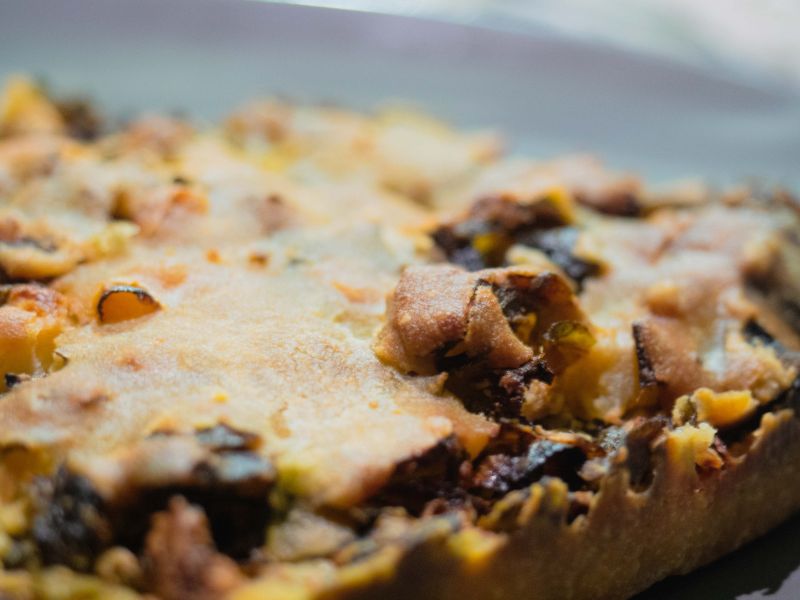
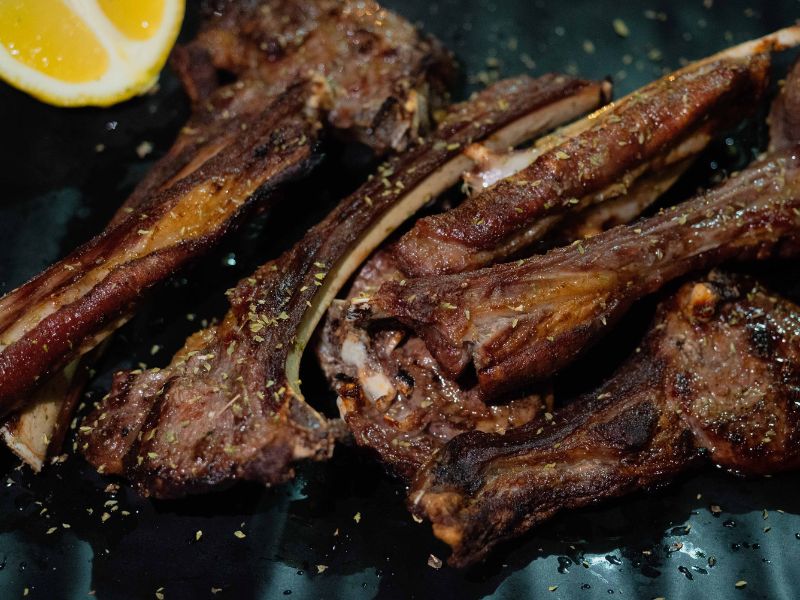
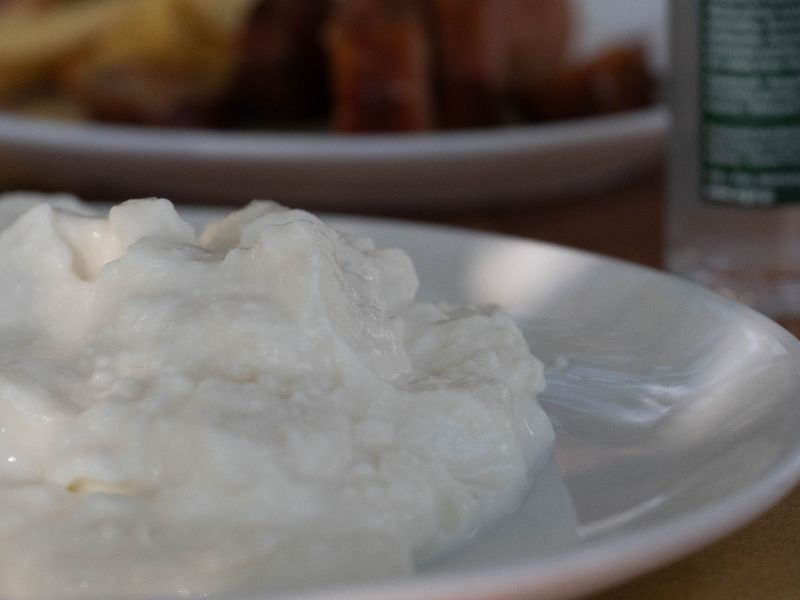
“They say appetite comes with eating, but thirst is quenched by drinking” — a saying that Epirus knows well and honors deeply. In this rugged land, only one grape variety has truly managed to thrive, and that is the old, resilient Zampela variety.
Tough enough to endure the cold climate and resist diseases, requiring virtually no plant protection, and surrounded by local legends about being a "forbidden" grape and producing "unsuitable" tsipouro, tasting it was inevitable.
And our impressions? Outstanding!
As for the wine made from it, it was aromatic, light, and pleasantly drinkable. But what truly surprised us was its tsipouro—the aroma and flavor were a revelation. We concluded, in our humble opinion, that it clearly surpassed all other varieties of tsipouro we’ve ever tried in terms of quality.
Finally, we must mention the unique Epirus-style brunch. If you ever sit down somewhere for a drink without necessarily wanting a full meal, just ask (whether in a café or restaurant) for “a little meze for the tsipouro.”
This small plate, traditionally called “whatever’s in the pot,” could be anything—but it will always be hot, fresh, and delicious: local sausages, pies, lemony meat with pasta, tsalafouti with potatoes and spicy peppers, and so on. They won’t ask you what kind of meze you want — and even if they do, trust us: it’s best not to answer. Let the experience surprise you.
Tzoumerka is a wild and beautiful land that patiently awaits exploration. Don’t stick only to car routes, no matter how beautiful they may be, because that way you’ll miss the best parts. There are countless hiking trails, both for the experienced and for beginners.
The ones we singled out are the following hiking paths: the one that connects Kalarrytes with Syrrako via the Kalarrytikos stream, the trail that leads to the uniquely beautiful waterfall and watermill of Kouiasa, walking from the Pramanta refuge to the Kefalovryso waterfall, swimming in the Melissourgiotiko stream, the path connecting Kryopigi (where you’ll see a double waterfall) with the Katarraktis refuge and up to Katafydi peak (2,393 m), and the trail from the Monastery of Agia Paraskevi to the legendary Katsantonis Cave.
Lastly, the gorges and streams of the Arachthos River are considered among the best for rafting lovers. The route we chose was in the Arachthos Gorge, from Politsa Bridge to Plaka Bridge (9 km, 3 h, difficulty level III).
Let’s eat good food and make it count...
Source: Mednutrition.gr
